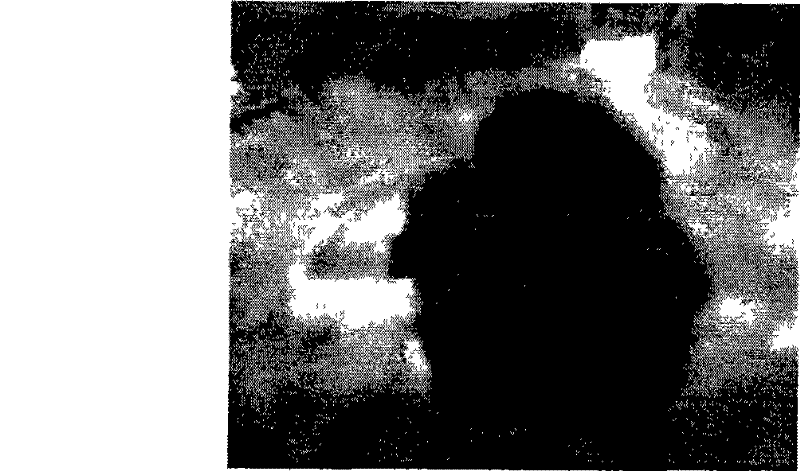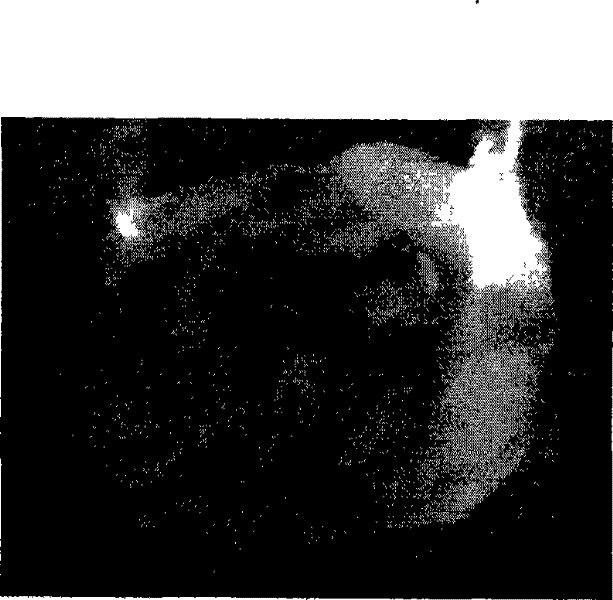Method for converting island cotton by agrobacterium-mediated transformation
An Agrobacterium-mediated, Agrobacterium-mediated technology, applied in the field of plant genetic engineering, can solve the problems of low frequency of cell regeneration, unstable conditions, unsuitable for large-scale production of transgenic plants, etc., and achieve the effect of improving the efficiency of genetic transformation
- Summary
- Abstract
- Description
- Claims
- Application Information
AI Technical Summary
Problems solved by technology
Method used
Image
Examples
Embodiment Construction
[0020] The method for Agrobacterium-mediated transformation of Gossypium sea-islands, comprising the following steps:
[0021] 1) Receptor culture: Disinfect the surface of sea island cotton seeds. The disinfection method is to first soak in 75% alcohol for 30 seconds, remove the alcohol and soak in 10% hydrogen peroxide for 4 hours, and then use sterilized Rinse with distilled water 4-5 times repeatedly, and finally add appropriate sterile distilled water to soak overnight. The surface-sterilized seeds were inoculated on 1 / 2 MS medium for cultivation. The cultivation conditions were 28°C, three days of dark cultivation, and then 8 hours of 2000 LX light and 16 hours of darkness for 4 days. The hypocotyls obtained from the aseptic vaccines were cut into 0.5-1cm segments with a sharp scalpel, and the incision should not be too large, otherwise it would cause browning and pollution.
[0022] 2) Cultivation of Agrobacterium: pick a single colony, culture it overnight in YEB liqu...
PUM
 Login to View More
Login to View More Abstract
Description
Claims
Application Information
 Login to View More
Login to View More - R&D
- Intellectual Property
- Life Sciences
- Materials
- Tech Scout
- Unparalleled Data Quality
- Higher Quality Content
- 60% Fewer Hallucinations
Browse by: Latest US Patents, China's latest patents, Technical Efficacy Thesaurus, Application Domain, Technology Topic, Popular Technical Reports.
© 2025 PatSnap. All rights reserved.Legal|Privacy policy|Modern Slavery Act Transparency Statement|Sitemap|About US| Contact US: help@patsnap.com


